Black Roast A glory of Venezuelan cuisine...
Hello Steemians Today I'm going to talk about one of the great dishes about our Venezuelan cuisine, It is a national dish, like the Pabellon, the Mondongo, the boiled, the Hallacas, just to mention some.
Allow me to clarify that images are original from my Instagram
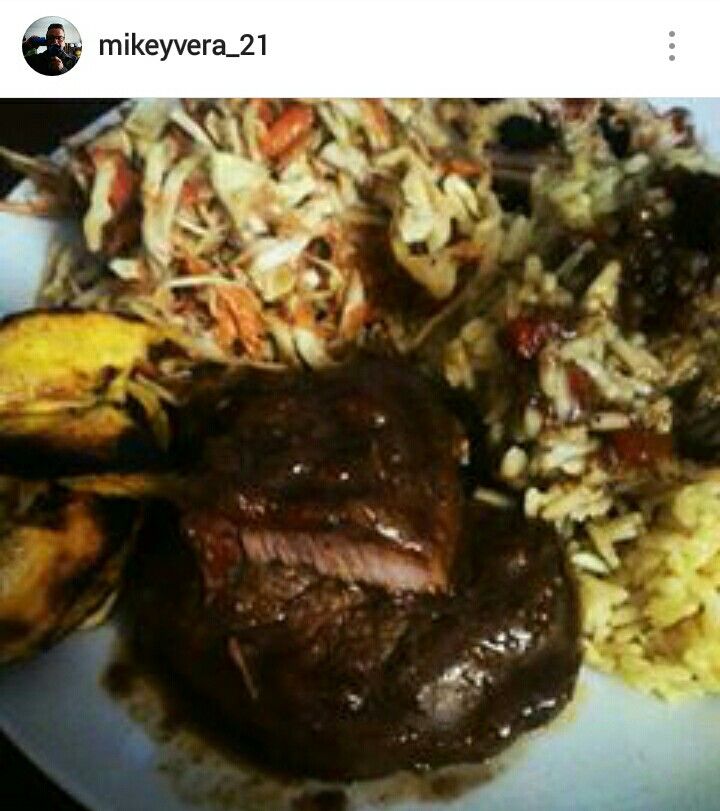
Around the black roast there are all sorts of conclusions. It is a dish so refined that many claim to have family recipes of very old data. However, it is a relatively new dish, which takes over our stoves a little over a century.
History
The French researcher, Christian Coulon, points out in his text on "cooking as a Political object" (2000), when it refers to gastronomy as "language of food, and of cooking as an area of ethnic, national or religious identifications (...)". This leads to thinking, how much this recipe reflects the idiosyncrasy of the Venezuelan
Forcibly sweet, playful, nostalgic, patient, complex but in appearance simple, tribal, surprising, carnivorous. An impossible combination in theory, but captivating in practice.
Result of the Venezuela of the late nineteenth century, when they arise the calls by Rafael Carta and "plates of resistance", typical of an incipient urban culture, strongly influenced by the attraction to the French culture, that both permeated our kitchen.
For his part, José Rafael Lovera affirms in history of the Food in Venezuela (1988), "Many of the rustic culinary formulas of the traditional regime were refined in the urban kitchens by means of a more careful elaboration
It is not properly Caracas, nor does it belong to the so-called "Mantuan Kitchen", a fact that may lend itself to confusion for its sweet flavor. The recipe is present in regional recipes, such as Rosita Regalado (Zulia), Yelitza Acosta (Monagas) and Zoraida Barrios – known as MamaZory (Carabobo).
Armando Scanonne says that our "black roast is a glory of Venezuelan cuisine and is a version of the Burguignon of the French. They make the dish in cocotte with very cheap stewed meat, which fry in butter and put to cook with aromatic herbs, for long hours with wine. The texture of the Burguignon is the same as our black roast, which we do in cauldron and that acquires its dark color not by the wine but by the Papelon that is added to Heel of round Or to the Top round ¨. Same of our black roast.
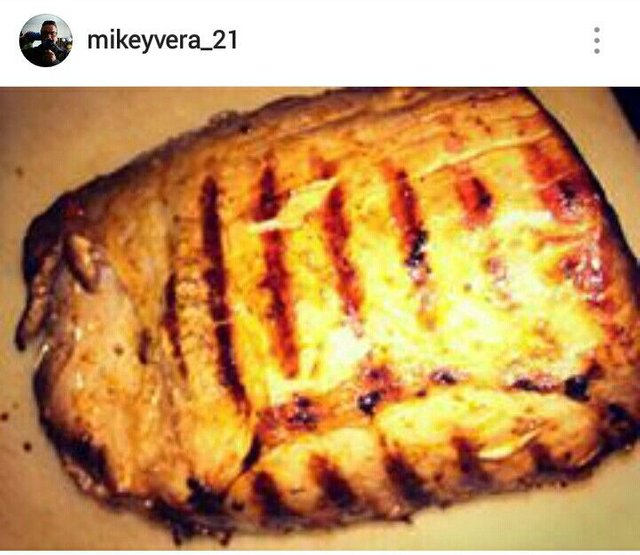
The variations of the recipe are many and each of them has its value, its peculiar taste and personal touch of each chef.
I remember that I enjoyed the black roast for many years and I have eaten as a main dish, as stuffed with breads, arepas and I think even in empanadas;Black Roast, Negrito A well prepared roast has three conditions: sweet flavor, dark color and sliced presentation.
The dark color gives the caramelization of sugar or paper, there will seal the meat, which will then be added to the marinade that carries red wine and a touch of English sauce, but this varies from one recipe to another.
From the rest, the marinade carries all the ingredients that give that unmistakable local flavor, garlic, lots of onion, red paprika, sweet chilli, garlic porro, laurel, in addition to the "unspeakable touches"
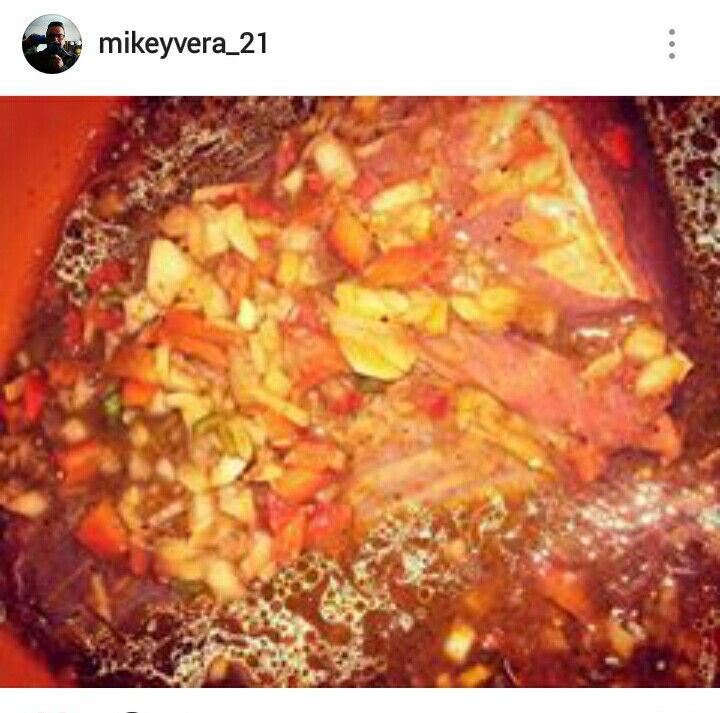
But the real secret is at the point of the caramel, which should not be spent a minute because it will give a bitter taste. Then it takes long cooking, the flawless cutting of the wheels and the balance between the salt point with the necessary sweetness.
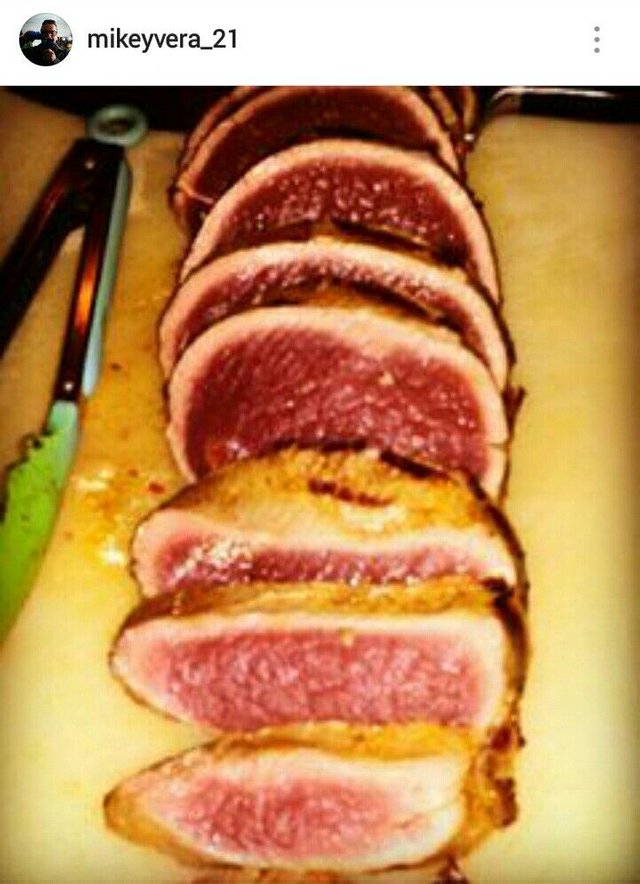
INGREDIENTS
1 Heel of round Or to the Top round ( of beef)
1 cup vegetable oil
2 cups shredded Papelon
1 red paprika
6 cloves garlic
1 kilo of well-red tomatoes
1 onion
4 sweet peppers
1 bottle of Red wine cooking
4 teaspoons salt and a black pepper.
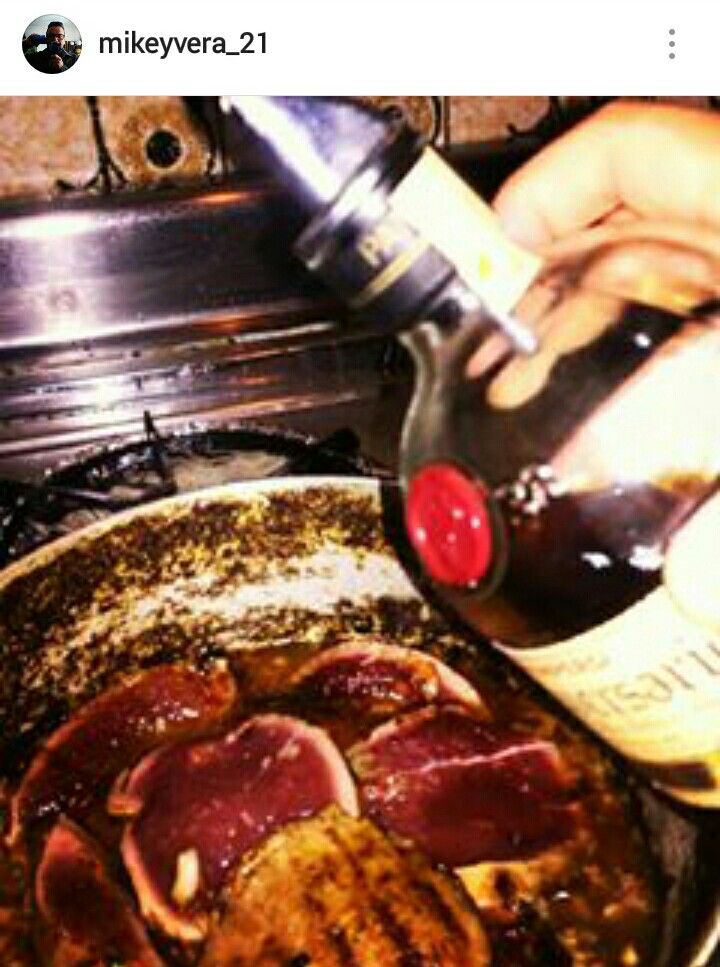
Personally I give a special touch to my black roast adding 4 ounces of the best rum in the world in this case "Ron Pampero exclusive Reserve"
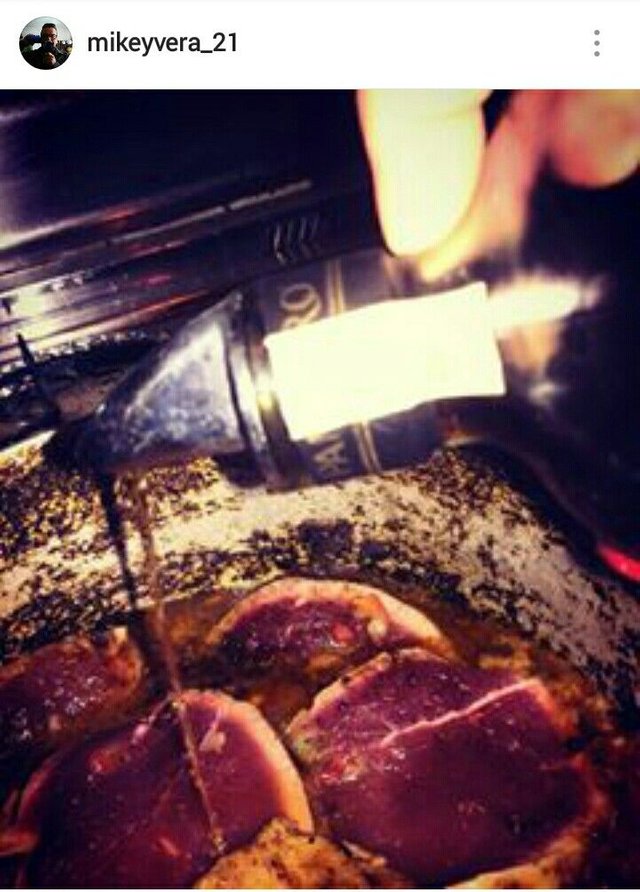
El Papelon
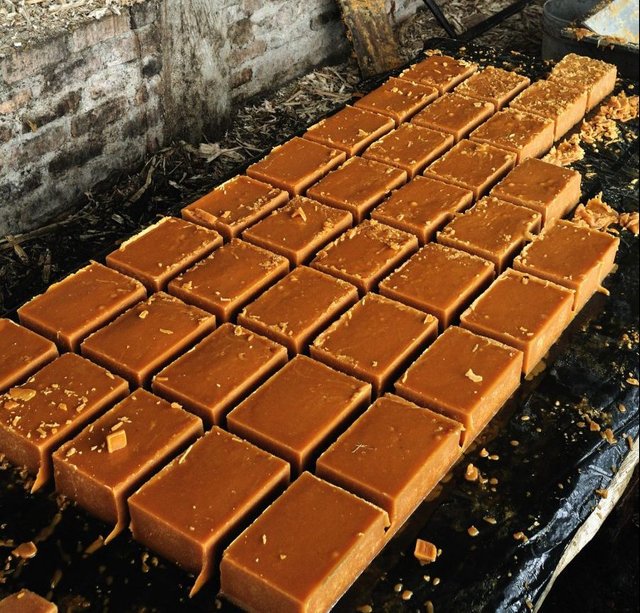
http://www.cocinayvino.com/salud/la-versatilidad-del-papelon/
He arrived at the Venezuelan tables during the colonial era, when sugarcane cultivation began in Latin America. Later they began to install mills to produce the famous panela, scrape or Piloncillo, which was the sweetener of the peasants and people of the middle class.
Its ingredient is the cane juice cooked at very high temperatures, so that when it thickens can form rectangles, spherical shapes or cones. In addition to sweetening, it is very nutritious as it contains sucrose, glucose, fructose, proteins, minerals.


Thank you so much for using our service!
Help us grow by delegating to us! 100sp, 500SP, 1000SP, ANY SPYou just received 7.69% upvote from @onlyprofitbot courtesy of @mickeyvera!
You got a 3.83% upvote from @steembidbot courtesy of @mickeyvera!